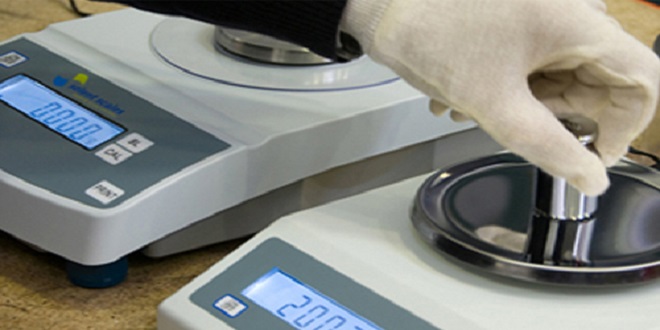In 5 easy steps, calibrate your weighing scales

What industries depend on precise weighing scales to perform critical operations every day? They all do! They all are!
However, weighing system calibration is a process that has been in place since precisely the same time. It is the only way to ensure that the weight of the object being weighed and the scale’s value are exactly the same. The calibration process will determine if the correlation is already 1:1 or acceptable. If not, adjustments may be made.
Some premium weighing scales are equipped with internal calibration capabilities. This process can be completely automated so that calibrations are performed at the appropriate intervals without any operator intervention. External or manual calibration is required for certain products or to verify that internal calibration processes are correct.
You could lose your brand image, profits, regulatory approval and peace of mind if you ignore it or make it a mistake. How do you make it work?
These five steps will get you on the right path.
A visual check
Let’s first check the visual calibration before we move on to the actual calibration. Is the weighing scale on and functioning properly? Are your accessories or frames looking great?
Select your calibration weight
Manual calibration is performed using test or calibration weights. This proves that simplicity is often the best and most reliable answer in many technological cases. It is crucial that the weights are calibrated so that they accurately reflect the actual weight.
The weight of the testweights should not exceed one-third to one-half of the scale’s readability limit. This can be broken down into several test weights. It is important to calibrate the scale for low and high readings.
Use the ‘as discovered’ test
Modern weighing scales often include a calibration mode. This mode can be used for manual processes as well. Use the pre-calibration “as found” test to position the test weights centrally. However, it is important that you also verify that the scales pick up the weight accurately from all locations, including corners. The calibration mode can then determine whether the scales’ measurements match reality or if calibration adjustments are necessary.
Remember to maintain
If there are discrepancies in the calibration process, it may be necessary to perform some basic maintenance instead of pure calibration. You might need to clean up or lubricate mechanical scales, or maybe debris has accumulated. Follow the product instructions to adjust calibration.
Use the ‘as Left’ test
After making the necessary adjustments, you can repeat the “as found” test and compare your results against the acceptable tolerance limits.
It’s not just good business practice to calibrate weighing scales. It’s also crucial to ensure accuracy in weight-critical operations for many reasons, including compliance and quality standards. Get professional calibration, maintenance, and repair services if you are unsure of your calibration skills or need to be assured of your accuracy. Happy calibration!
In addition to music and movies, the website also offers ringtones, wallpapers, and other multimedia content. However, it’s important to note that downloading copyrighted material without proper authorization may infringe upon intellectual property rights. We’ll delve deeper into what Pagalworld offers and the potential legal implications of using such platforms for downloading content. Whether Pagalworld is the right choice for you, let’s discover in the following paragraphs.
